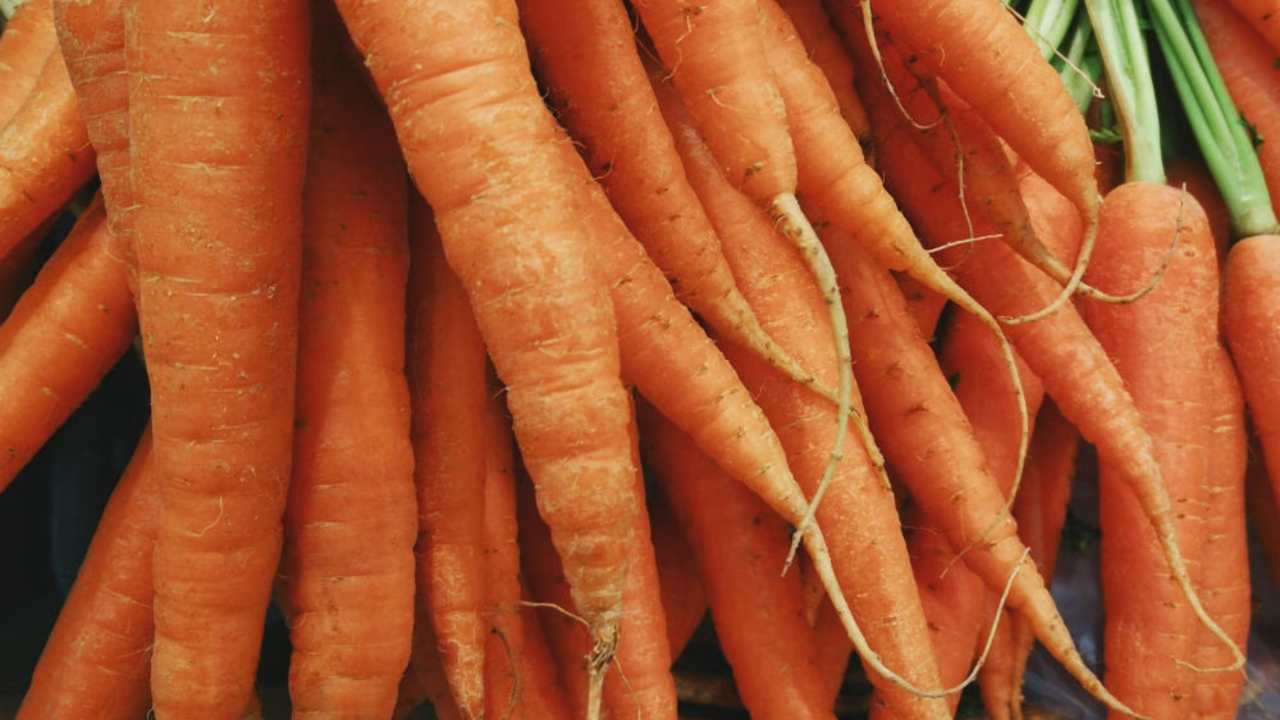

What should you eat to ensure an adequate intake of vitamin K? And, most importantly, where can you find it?
Less famous than other vitamins, vitamin K is naturally present in various foods, including plant-based foods like leafy greens, such as cabbage, lettuce, and, of course, in other veggies like carrots.
It can also be found in some fruits like bananas and in select animal-derived foods, including eggs and cheese. It can massively improve your diet especially when combined in the same meal with a small portion of nuts or paired with olive oil, which are rich in essential fatty acids that promote vitamin K’s absorption.
Let’s dive into some other reasons why it’s essential not to overlook vitamin K, and to make sure it’s always on your plate.
Fighting Pain
Vitamin K is a valuable ally for combating joint and muscle discomfort, including back pain. Additionally, it’s useful for overall bone health because it facilitates calcium assimilation, a vital mineral for the body’s frame.
Supporting Circulation
It also contributes to proper blood circulation, helping to avoid not only issues like swelling and heaviness but also major cardiovascular diseases, which are the leading cause of death worldwide, particularly for women.
Managing Heavy Menstrual Flow
Vitamin K is also useful when managing a heavy menstrual flow. It makes the blood less fluid and improves coagulation.
As we’ve seen, this vitamin is undeniably a nutrient deserving more attention. However, it’s crucial to underscore that its impact transcends age and gender. While it indeed plays a major role in women’s health, its impact is by no means limited to women. Men, too, can greatly benefit from incorporating the vitamin into their nutritional plan.
So, whether you’re male or female, young or old, integrating vitamin K-rich foods into your daily diet is a smart choice for your overall well-being.
**How the 28 App is Providing a Wellness Compass to Cycle-Synching and Optimizing Women’s Health**
This article first appeared on grazia.it — Author: Angela Altomare













